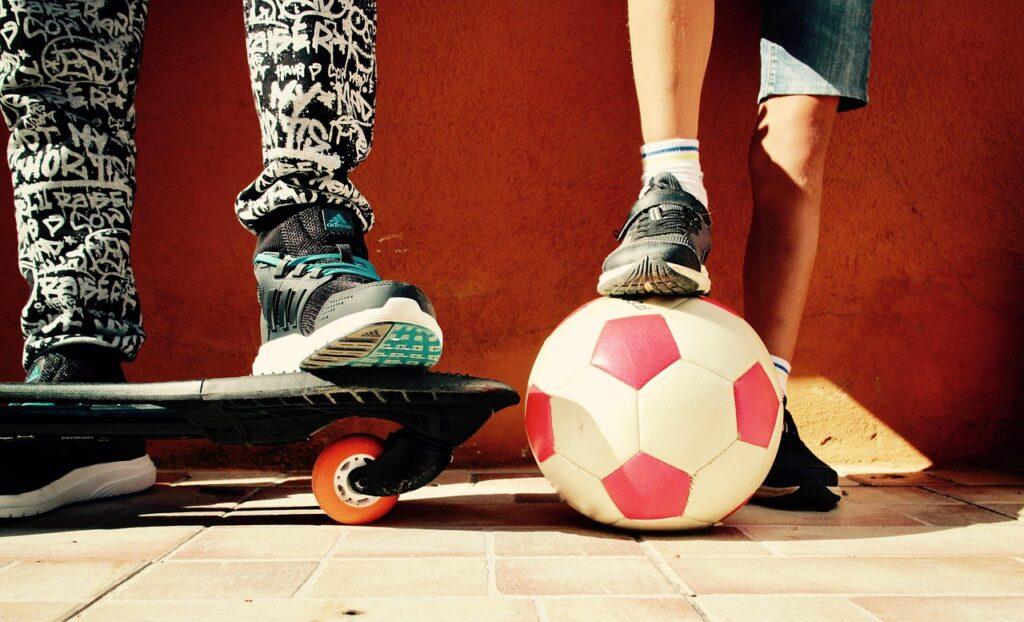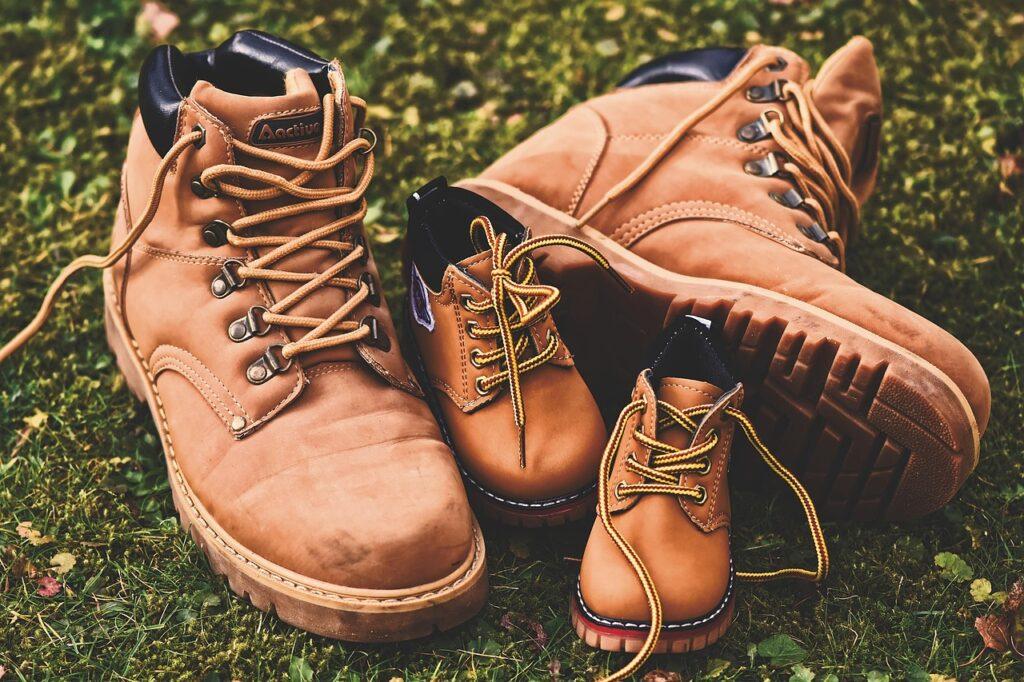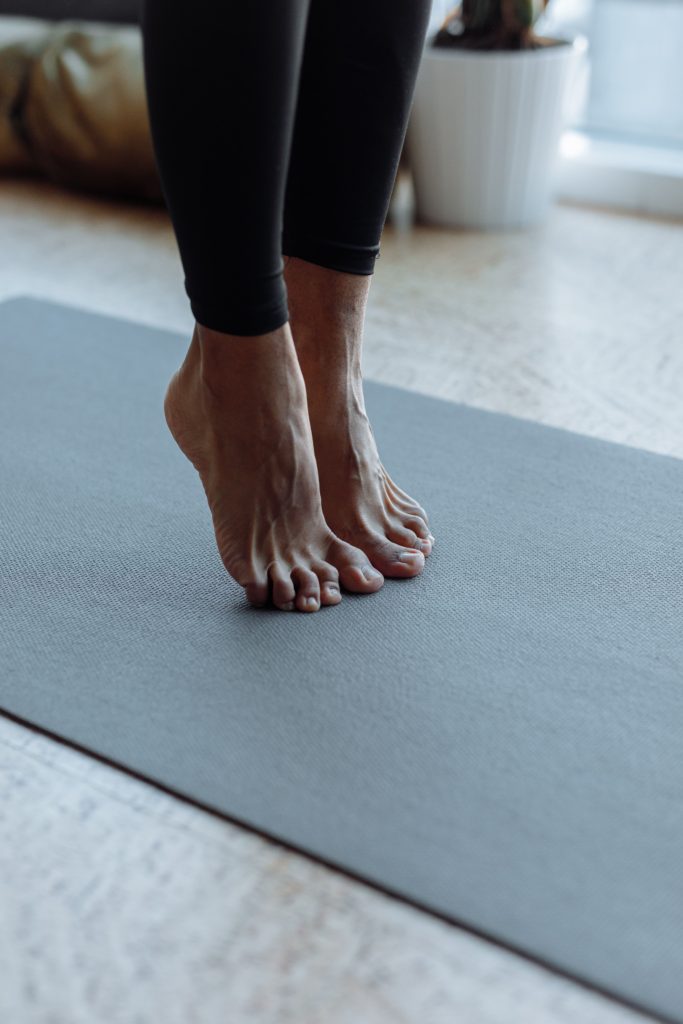Pediatric Foot Care
Children’s feet are rapidly growing and developing, making them vulnerable to a range of conditions that can affect their comfort, mobility, and overall health. In Toronto, where children are active year-round, early intervention by a chiropodist can prevent minor issues from becoming lifelong problems.

Early Detection of Foot Problems: Chiropodists can identify issues such as flat feet, abnormal gait, or misaligned toes before they cause pain or limit activity. Early intervention is highly effective for correcting these problems and preventing long-term complications
Pain and Discomfort Relief: Common childhood foot conditions—like plantar warts, ingrown toenails, and heel pain—can be quickly and effectively treated, allowing children to walk, run, and play without discomfort.
Support for Growing Feet: As children’s bones, muscles, and tendons develop, proper support is crucial. Chiropodists provide custom orthotics and guidance on footwear to ensure healthy foot growth and reduce strain on developing joints.
Improved Mobility and Confidence: Addressing foot issues early helps children stay active and confident in sports and daily activities, promoting lifelong health and well-being.
Guidance for Parents: Chiropodists educate parents on proper foot hygiene, nail care, and shoe selection, empowering families to maintain healthy habits at home.
Interesting Fact: Children’s feet have more than 200,000 sweat glands, making them more prone to foot odour and fungal infections like athlete’s foot.
When Should You Take Your Child to a Chiropodist?
Consider seeing a Toronto chiropodist if your child:
Complains of persistent foot, ankle, or leg pain
Walks with an unusual gait (limping, toe-walking, frequent tripping)
Has visible abnormalities (flat feet, high arches, overlapping toes)
Develops ingrown toenails, warts, blisters, or skin irritations
Avoids physical activities due to discomfort
Wears out shoes unevenly or struggles to find proper footwear

The Most Common Pediatric Foot Conditions
Flat Feet (Pes Planus): Many children have flat feet, which may resolve as they grow. Persistent flat feet can cause pain or affect walking and may require orthotics or supportive footwear.
Ingrown Toenails: Improper nail trimming, tight shoes, or injury can cause toenails to grow into the skin, leading to pain, redness, and infection. Professional treatment is often needed.
Plantar Warts: Caused by the human papillomavirus (HPV), these warts appear on the soles and can be painful, especially when walking or standing.
Heel Pain (Sever’s Disease): Common in active children, Sever’s disease is an inflammation of the heel’s growth plate, often mistaken for plantar fasciitis. It causes pain during or after activity.
Toe Walking: Walking on the toes without the heels touching the ground, especially past age 3, can signal neurological or muscular issues and may affect balance and gait.
Gait Abnormalities: Problems such as in-toeing (pigeon toes) or out-toeing can affect walking patterns and may require assessment and intervention.
Bunions and Toe Misalignment: Some children develop bunions or hammertoes due to genetics or improper footwear, leading to pain and difficulty with shoes.
Athlete’s Foot: a common fungal infection that affects the skin of the feet and can impact children as well as adults. It thrives in warm, moist environments, making kids who have sweaty feet, wear tight shoes, or walk barefoot in public places like pools and locker rooms especially susceptible
Calluses, Corns, and Blisters: Often caused by friction from shoes or abnormal walking patterns, these can be painful and may need professional care.
Sports Injuries: Active children may experience overuse injuries, arch pain, or other sports-related foot problems, which benefit from chiropody intervention.

If you believe you or your child are experiencing some of these symptoms, we recommend that you speak with a chiropodist for a proper diagnosis and a plan of action.
Ready for your first visit?
Book an appointment today or call us at (416) 444-3668 to learn more about our foot care services.
Andres, B. M., & Murrell, G. A. (2008). Treatment of tendinopathy: what works, what does not, and what is on the horizon. Clinical orthopaedics and related research, 466(7), 1539–1554.
Pardes, A. M., Beach, Z. M., Raja, H., Rodriguez, A. B., Freedman, B. R., & Soslowsky, L. J. (2017). Aging leads to inferior Achilles tendon mechanics and altered ankle function in rodents. Journal of biomechanics, 60, 30–38.
Silbernagel, K. C., Hanlon, S., & Sprague, A. (2020). Current Clinical Concepts: Conservative Management of Achilles Tendinopathy. Journal of Athletic Training. 55 (5): 438–447.
